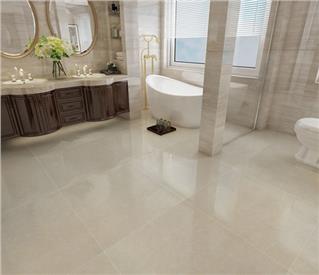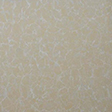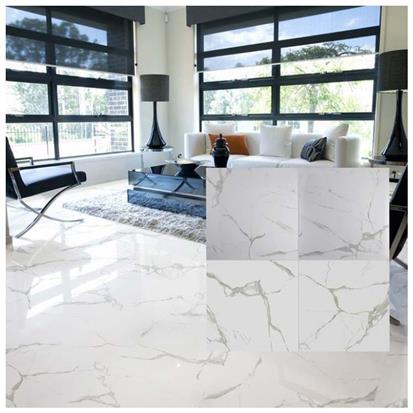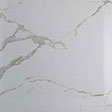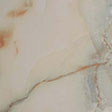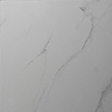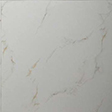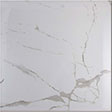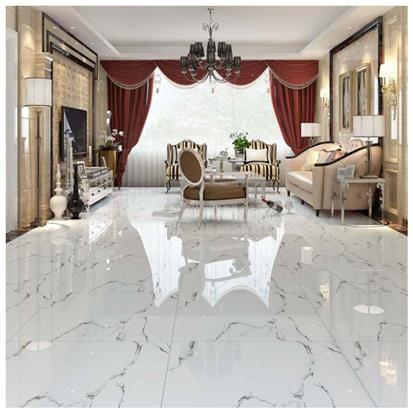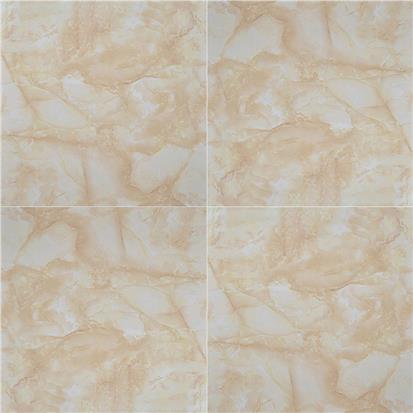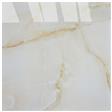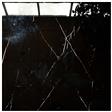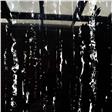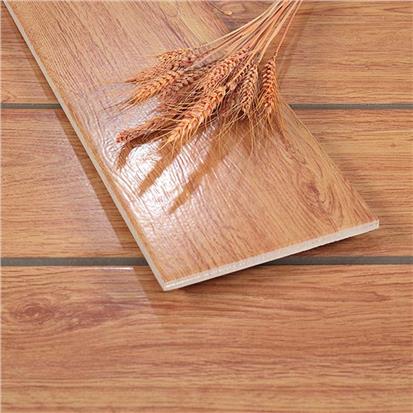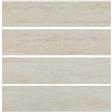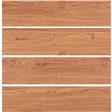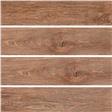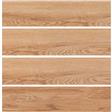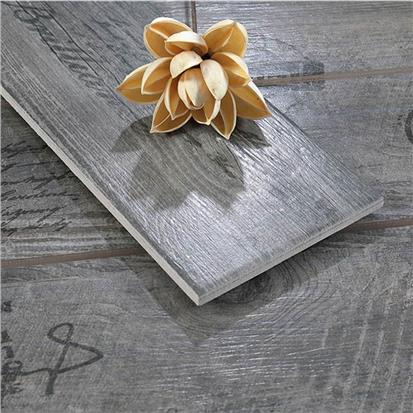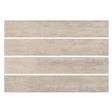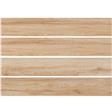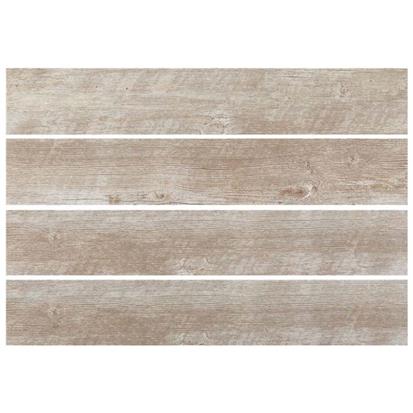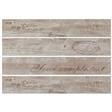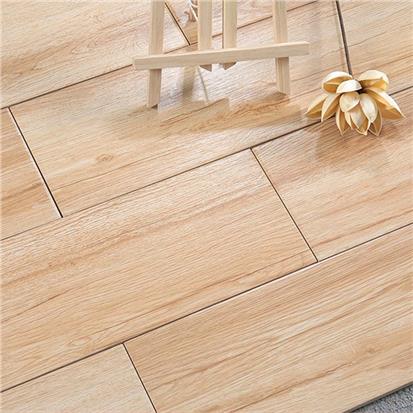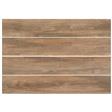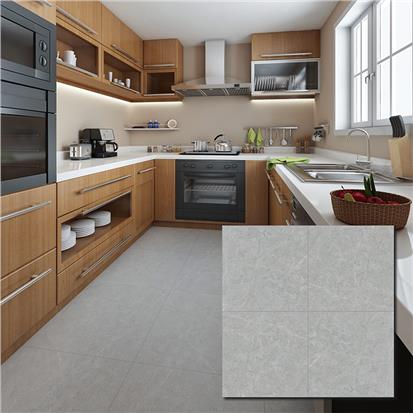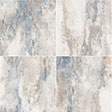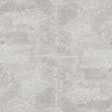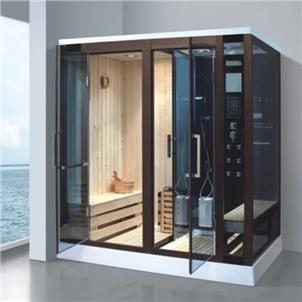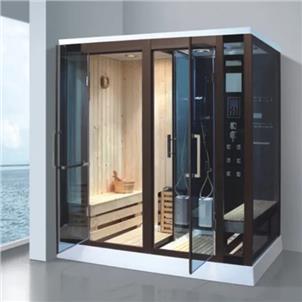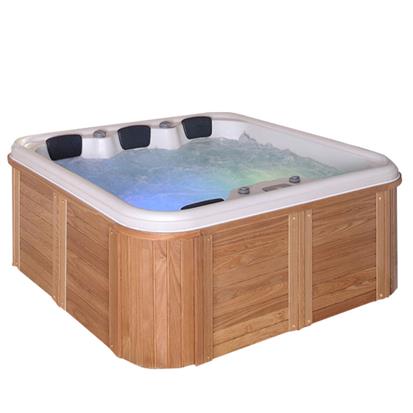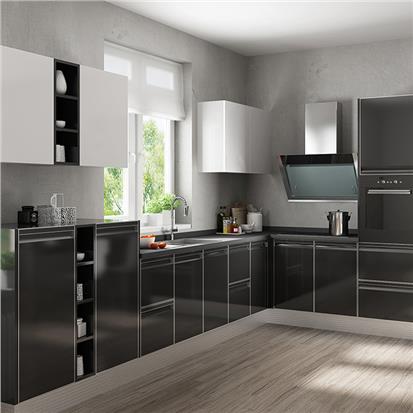Which floor is best for underfloor heating? The choice of floor heating is a problem that many people have to face after installing floor heating. So what kind of floor is good for floor heating? Generally speaking, the better the thermal conductivity, heat dissipation and thermal stability of the floor, the more suitable it is to be used as a floor heating floor. At present, the common floor heating materials in the market include laminate floor, composite floor, solid wood floor, bamboo floor, etc. Below we will comprehensively compare and analyze the advantages and disadvantages of these kinds of floors. Let's have a look!
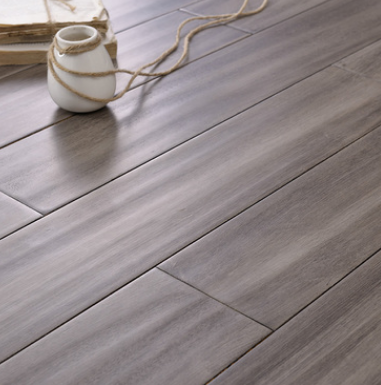
What Is The Best Floor For Underfloor Heating?
Solid Wood Floor For Underfloor Heating
Generally, the traditional solid wood floor is not suitable for floor heating. In case of heat or large temperature difference, it is easy to arch, tile change, crack, off joint and other phenomena. However, the special solid wood floor for floor heating adopts the mortise and tenon lock structure, and the overall translation with the same expansion and contraction has well solved this problem.
- Advantages: The solid wood floor has the texture of natural growth of wood, which is a poor conductor of heat, and can play the role of warm in winter and cool in summer. Moreover, the solid wood floor heating has comfortable feet, high flexibility, simple and natural style, and more high-end atmosphere.
- Disadvantages: When laying solid wood floor, keel shall be fixed, which may damage the pipeline. The material used for solid wood floor heating requires good stability and heat resistance. Many pure solid wood floors can not meet the requirements of geothermal floor heating, and the price is relatively expensive.
Solid Wood Composite Floor For Underfloor Heating
Solid wood composite floor is a kind of product between laminate floor and solid wood floor. Its thickness is mostly 7 ~ 8mm. It is easy to transmit the heat generated by geothermal system to the surface. With fine and natural texture, it is a common floor heating material.
- Advantages: As the temperature of the heating system rises, the deformation of the solid wood composite floor is small, and there are dense anti deformation grooves on the back of the composite floor, which can decompose the stress generated by the heating surface, facilitate air circulation, reduce noise, and keep warm for a long time.
- Disadvantages: The composite floor is relatively thick and the heat transfer is slow, which is not conducive to the heat transfer to the plate surface through the floor, thus increasing the energy consumption; Because the density of the composite floor is not big, the water disperses quickly under the condition of heating, and it is easy to leave the seam.
Reinforced Composite Floor For Underfloor Heating
The reinforced composite floor is composed of wear-resistant layer, decorative layer, high-density base material layer and balance layer. It is not only cheap, but also anti-skid and wear-resistant, with low moisture content, and is not easy to deform after heating. Therefore, it is also a common floor heating material.
- Advantages: The surface of the laminate floor is a wear-resistant layer of metal oxide, and the heat diffuses very fast and evenly on the surface; Most of the laminate flooring in the market is mainly made of thin plates. The thermal stability is relatively better. It is not easy to deform when heated, and it is easy to replace.
- Disadvantages: After the laminate is heated, formaldehyde and some harmful gases will be released, and the environmental protection performance is poor. It is recommended to choose the laminate with E1 or E0 environmental protection standards; In addition, the waterproof property of laminate floor is poor, and its service life is relatively short.
Bamboo Floor For Underfloor Heating
Bamboo flooring has the natural texture of bamboo, which is fresh and elegant, giving people a feeling of returning to nature and being elegant and refined. Moreover, bamboo has the characteristics of automatic adjustment and temperature maintenance, and can generally be used as a floor heating floor.
- Advantages: Bamboo flooring has fine texture, good toughness, strong tensile resistance and outstanding stability. It is better than ordinary wooden flooring in terms of heat conduction performance, heat stability, environmental protection performance and deformation resistance.
- Disadvantages: The color and texture of the bamboo floor are too single. Most of them are glued with glue. The content of formaldehyde is high, and it is easy to volatilize harmful gas when heated. In addition, the thermal insulation and heat storage of the bamboo floor is poor, which will affect the heat conduction, and it is easy to crack and deform when encountering heat and water.
Floor Buying Tips For Underfloor Heating
1. The stability of materials should be high.
The use environment of geothermal floor is quite complex. In non heating seasons, the ground should bear all kinds of moisture, and the ground temperature should rise suddenly when heating. The wooden floor must bear the double changes of "temperature" and "humidity". Therefore, the geothermal floor must choose materials with good stability, such as laminate floor, multi-layer solid wood floor and bamboo wood floor.
2. Strong thermal conductivity and heat dissipation.
When the ground heat is transferred to the surface through the floor, there must be heat loss. An ideal floor can minimize these losses. Therefore, in order to reduce the loss of heat energy and reduce the heating operation and maintenance expenses, the floor of ground heating must be "thin rather than thick". The plate thickness should not exceed 8mm and the maximum should not exceed 10mm. Otherwise, the use effect of floor heating will be affected.
3. Good moisture resistance and heat resistance.
Adhesive shall be used for integrated composite floor, and the adhesive shall meet the three indicators of environmental protection, bonding strength, high temperature and high humidity aging resistance. Especially for the geothermal floor, it needs to undergo high humidity resistance, low temperature resistance and other tests. If ordinary adhesives are used, the environmental protection indicators, moisture resistance, aging resistance and expansion rate can not meet the standards, which will emit harmful gases and endanger the body.
 EN
EN FR
FR PT
PT AR
AR

